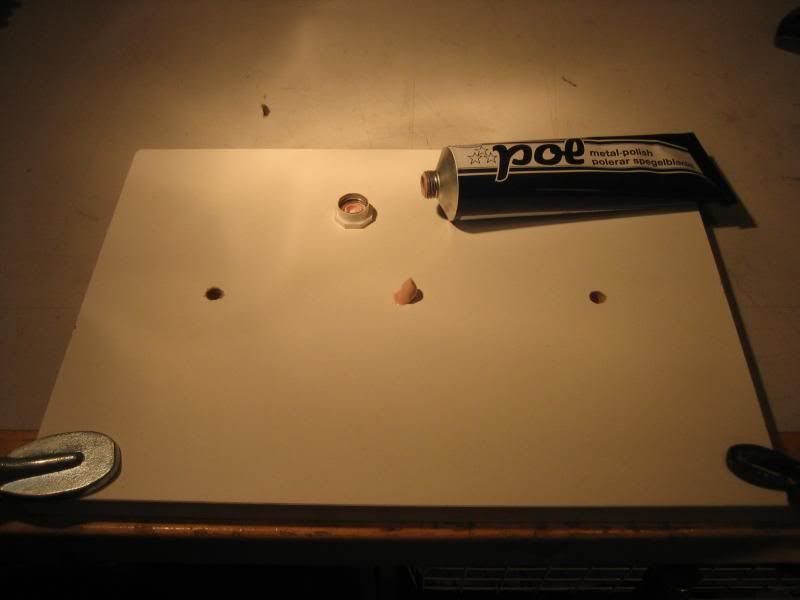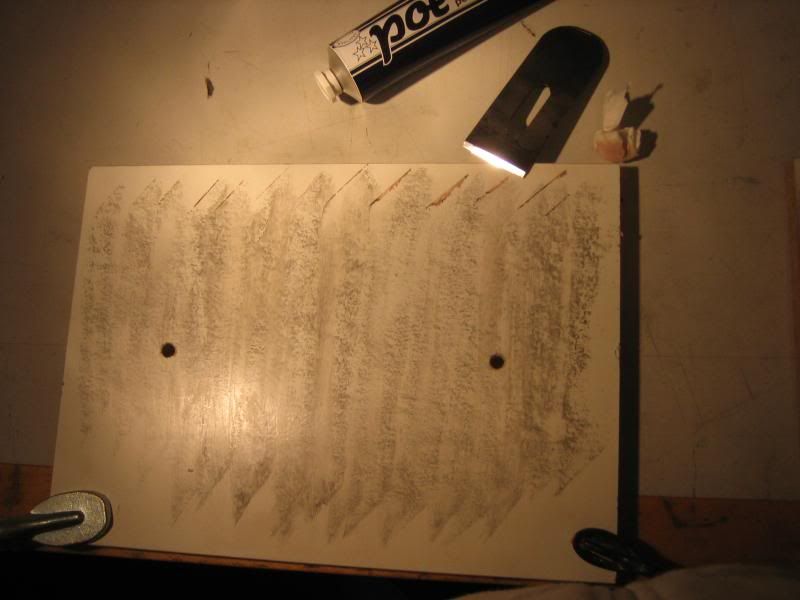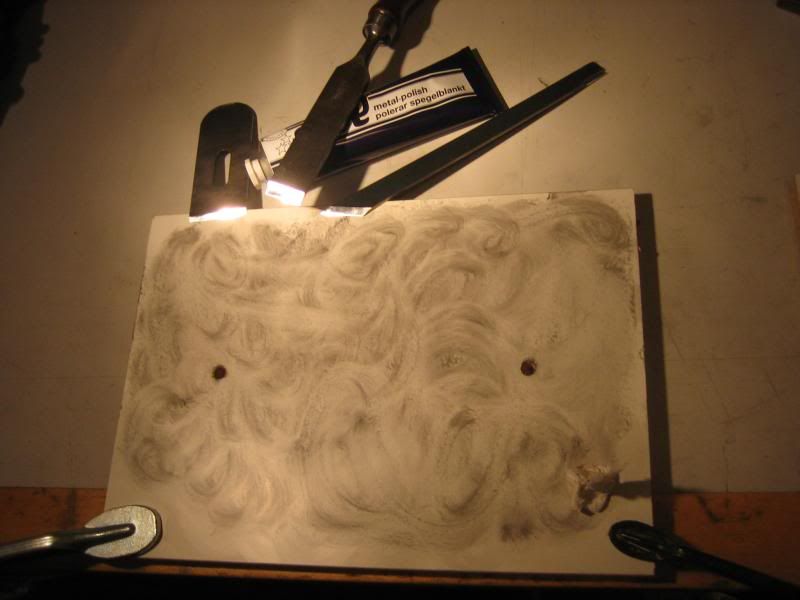GhostFist
Member
- Joined
- Oct 6, 2010
- Messages
- 1,551
Do you find some carpenters are too afraid to use hand tool? I'll give an example, when building the bases for that fence thingy I was doing (faux concrete footing for a chainlink fence surrounding a basketball court set) the tops were ripped to 12 1/4" and beveled to 45 degrees on both edges. The guy i had making these pieces wasn't a surgeon on the saw but i didn't really care considering the whole thing was going to get slathered in concrete. To the point, when attaching the tops the edges came out just proud of the rest of the structure in some spots due to someone's wavering hand on the saw. Another carpenter's solution was to drag out a belt sander and run a lead to where we were working in order to belt sand it all uniform. To me this is too much mucking about not to mention unnecessary noise plus it takes longer then a couple of quick silent passes of my block plane, which was in my pouch. He saw me do this, saw how quick it was but still decided to go rummage for the belt sander.......WHY?
Similar situations having to hack something off quick and dirty I pull out my Silky (love that guy) people get all leery and go searching for a sawzall, by the time they're 5 paces away the job is done.
Chisels people seem to like but to get someone to use a chisel for the job it's intended and not say, AS A PRYBAR. is another thing altogether.
Where does this fear come from i wonder??
Similar situations having to hack something off quick and dirty I pull out my Silky (love that guy) people get all leery and go searching for a sawzall, by the time they're 5 paces away the job is done.
Chisels people seem to like but to get someone to use a chisel for the job it's intended and not say, AS A PRYBAR. is another thing altogether.
Where does this fear come from i wonder??







